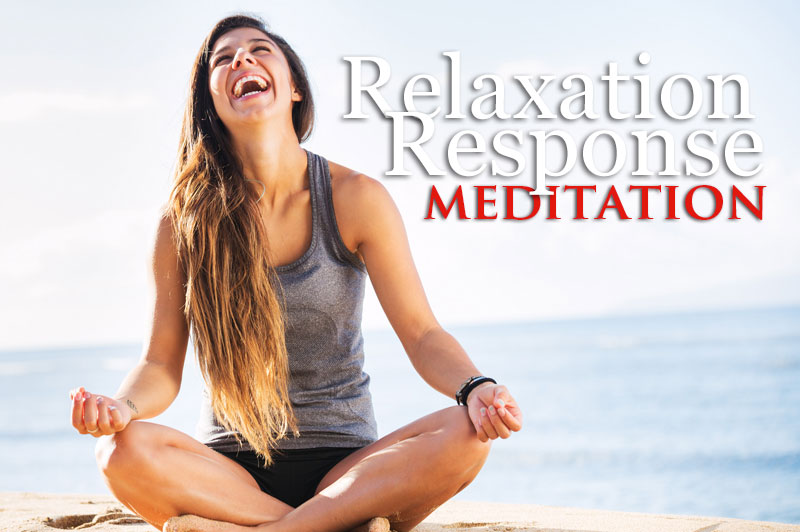Harvard professor and expert in cardiology and behavioral medicine, Herbert Benson MD, began the first scientific studies into the effects of meditation almost 40 years ago. Ever since, Benson and his colleagues at the Benson-Henry Institute for Mind Body Medicine at Massachusetts General Hospital have continued to conduct clinical research and to map the benefits of regularly practicing the relaxation response: In Benson’s own words, "a physical state of deep rest that changes the physical and emotional responses to stress.” The relaxation response can enhance brain function, slow age-related changes, stabilize heart beat, alleviate anxiety and dissipate stress. What is even more remarkable is this: When ordinary people with no training of any kind practice the relaxation response once or twice a day, it brings about cognitive restructuring and rapidly alters the expression of their genes. When it comes to rejuvenating, regenerating and healing the body, these findings are nothing short of revolutionary.
LIVING STRESS-FREE
Herbert Benson first described the relaxation response as the physiological opposite of the stressed fight-or-flight response. Working with his team, he then went on to pioneer the application of mind/body techniques to a wide range of health issues and meditative practices. They charted the measurable physical benefits which accrue from practicing any form of meditation, including those that rely on the silent repetition of a mantra—a word-sound. Meditation using a mantra has a long tradition. Some mantras are considered “sacred words” that hold particular sound vibrations to transmit particular powers. Each spiritual tradition has its own mantras, such as Guru Om, Om mani padme hum, La ilaha illa 'lla or, in the Catholic religion, Hail Mary, full of grace, the Lord is with thee. Whether their magic aspects are true or not, these techniques work beautifully to replace the habitual chatter that runs through one's mind, worries about things past and things yet to come.
BENSON’S QUANTUM LEAP
To learn a relaxation response meditative practice (which I have recorded on video so you can do it with me), Benson suggests you choose a word that is pleasing to you. It could be anything, say, “flower”, “peace”, or “love”. He likes the word “one”, as it is simple and has the connotation of unity about it.
Here's how to do it:
- Find a quiet place where you won't be disturbed for fifteen to twenty minutes and a comfortable chair that supports your back.
- Sit down and close your eyes. Give yourself a moment to settle in and you are ready to begin.
- Simply sit there, feet on the floor and eyes closed, quietly repeating your word over and over to yourself: “one...one...one...”
- Whenever your mind wanders or you are disturbed by a sound or thought, simply turn your mind gently back to repeating the word again.
- That is all there is to it.
- After fifteen to twenty minutes, stop repeating the mantra and get ready to open your eyes.
- Open your eyes, stretch, and go about your everyday activities.
- This is a particularly useful technique once you have practiced it a few times because you can do it in so many different places, such as in a waiting room or on a commuter train or bus.
Herbert Benson Interview: Enhancing Health Through Mind Body Healing
[video type=youtube src=v=KZ7JfC3_Zgc poster=http://d3oy45cyct8ffi.cloudfront.net/health/video/wp-content/uploads/sites/3/2014/02/hgerbert-benson-INTERVIEW.jpg ]
